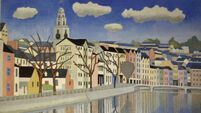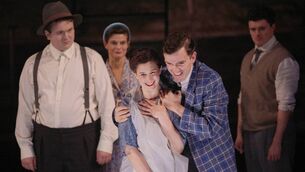Munster in 30 Artworks, No 16: Sculpture of Annie Moore in Cobh, by Jeanne Rynhart
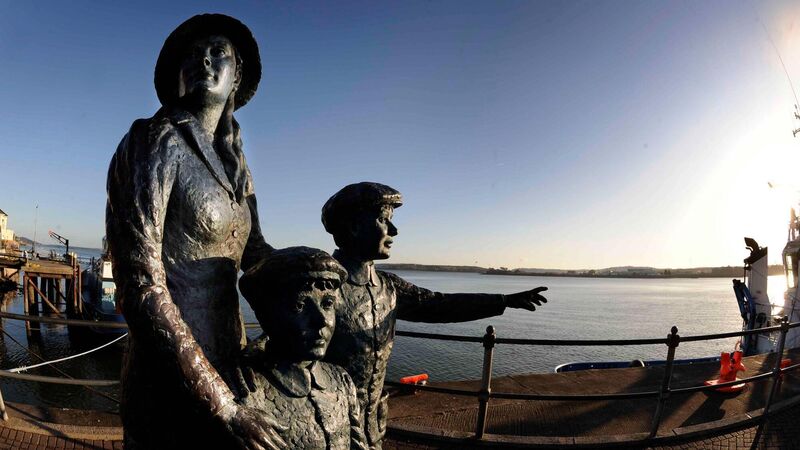
Jeanne Rynhart's sculpture of Annie Moore and her brothers in Cobh, Co Cork. Picture: Denis Scannell
In 1993, the late West Cork-based artist Jeanne Rynhart had the distinction of having two versions of a single sculpture unveiled in Ireland and America by the President of Ireland, Mary Robinson.
The sculpture depicts 17-year-old Annie Moore and her younger brothers Anthony and Philip, who left Cobh on the SS Nevada on 20th December 1891, arriving twelve days later in New York, where she was the first to be processed at the new immigration centre on Ellis Island.
In Cobh, Rynhart’s sculpture stands outside the Heritage Centre, which also houses an exhibition on Moore’s life story. “It covers everything from her birth in Cork in 1875 to her arrival in America and her death, aged fifty, in 1924,” says Jack Walsh, the centre manager.
“After landing in New York, Annie married a German named Joseph Schayer and spent her whole life in Lower Manhattan, rearing their children.”
Walsh says the sculpture is always popular with visitors. “We’d usually have 80/90,000 people passing through the centre every year, but there are also any number arriving on cruise liners who’d pass the artwork on their way to Cork, and almost everyone who visits Cobh will come up to see it and take photographs. We’ve put up a listening post beside the sculpture, telling the Annie Moore story in five languages: Irish, English, Spanish, French and Italian.”
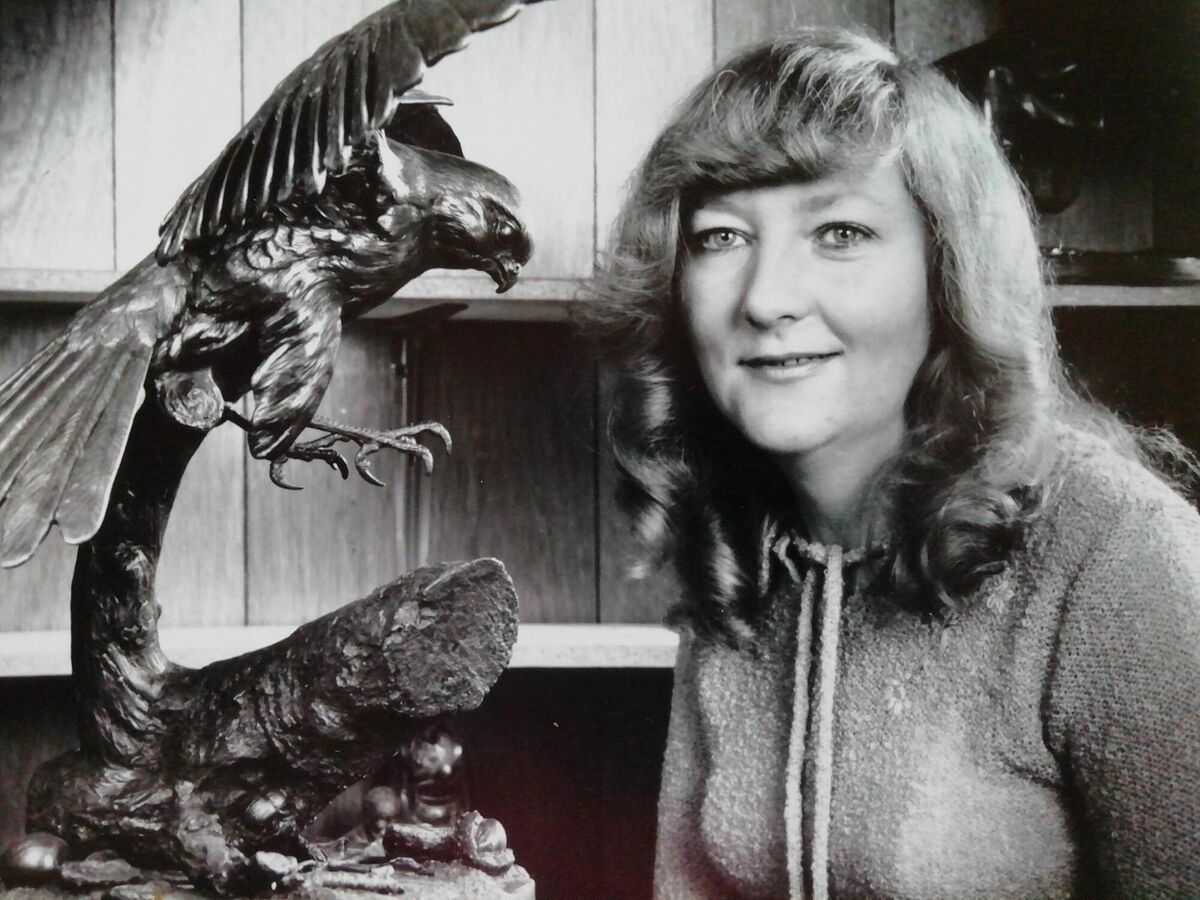
Rynhart’s daughter Audrey Elliott remembers well the February day the sculpture was unveiled. “It was very moving to hear president Mary Robinson speak, and I had an overwhelming sense of pride in what my mum had achieved,” she says.
Months later, in May, Rynhart and her husband Derek travelled to New York for the second unveiling at the Ellis Island National Museum of Immigration.
Both occasions were covered extensively in the media, and helped secure Rynhart’s standing as an international artist. Before winning the Annie Moore commission, she was probably best-known for her Molly Malone sculpture on Grafton St in Dublin, a project that attracted some controversy over the figure’s ample bosom and low-cut dress on its unveiling in 1988 (the sculpture has since been moved to Suffolk St).
Elliott believes the issue was more a case of professional jealousy than any real concern over the statue’s decolletage. “Women sculptors were only emerging in the 1980s,” she says, “so there was a bit of resistance from some established artists when the news broke that Mum had won the commission.”
She remembers the unveiling, as part of the Dublin Millennium celebrations, as a joyful occasion. “There was a great party atmosphere,” she says. “The Lord Mayor of Dublin, Ben Briscoe, made a speech, and two of the Dubliners came down from their local to lead us all in singing Molly Malone.”
Rynhart was herself a native of Dublin. She’d studied at NCAD, completing a degree in Fine Art before moving to England with her husband and infant daughter. “Mum enrolled at Coventry Technical College to continue her education, and rented a studio with a sculptor named John Letts. I think this is where she began sculpting, as up till then she had worked mainly in oils and pastels.
“After five years we moved to a small village in Leicestershire, where my father built a studio. The two of them began to cast Mum's sculptures in small quantities to sell to galleries. It was around this time that she was invited to become a member of the Royal Society of Portrait Sculptors in London.”
After twelve years in the UK, the Rynhart family, now expanded to include Elliott’s younger brother Barry, moved back to Ireland. They settled in Ballylickey in West Cork, establishing a giftware company, the Rynhart Collection, which eventually grew to employ more than twenty people.
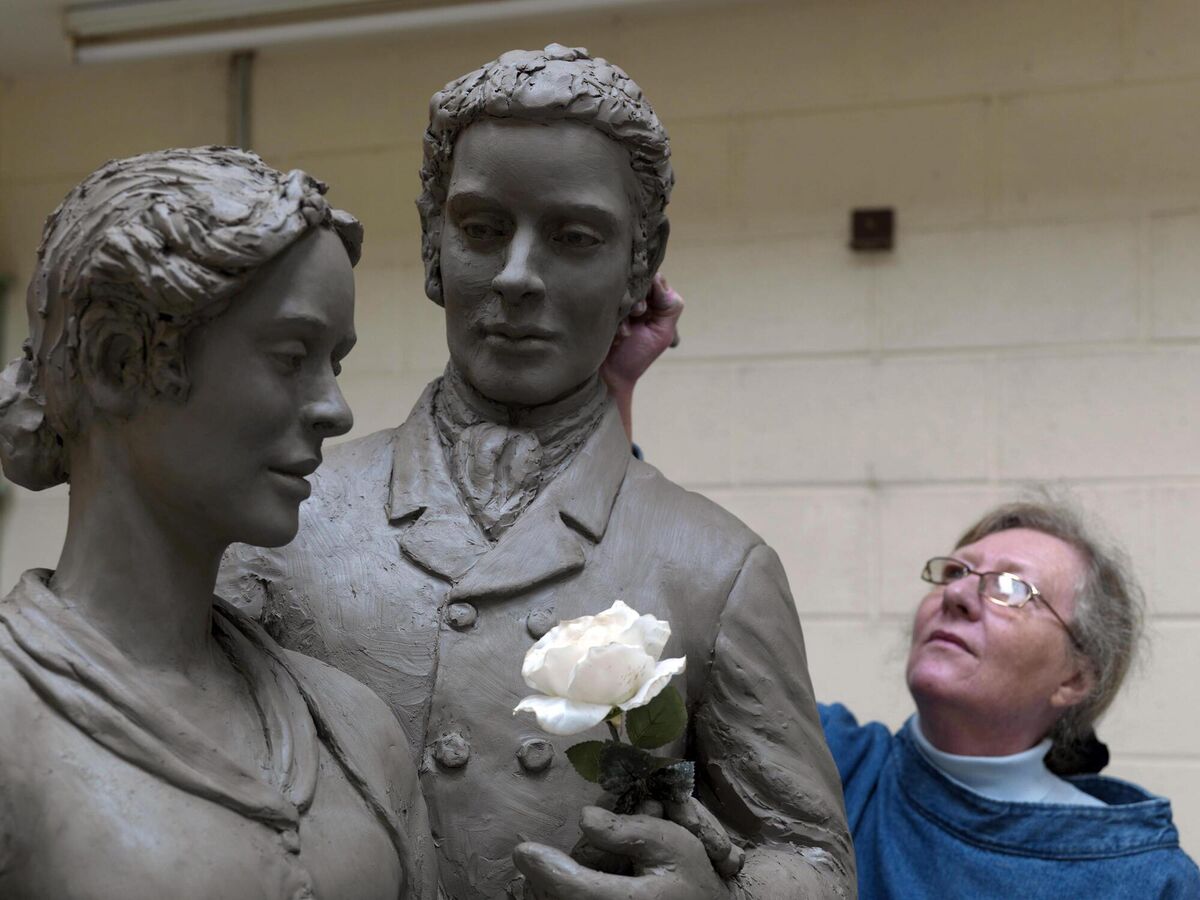
All the while, Rynhart continued applying for – and winning - public art commissions. The Annie Moore project was undoubtedly the most prestigious. In Cobh, the project was funded by the local Heritage Trust, in New York by the Irish American Cultural Institute.
Elliott remembers her mother working on the sculpture over several months at her studio. “She made the model in clay, and then made a mould using silicone rubber and a fibreglass case. Both versions of the sculpture were cast in bronze at the Dublin Art Foundry.”
Elliott went on to study art herself, at Limerick School of Art and Design. “I graduated in 1994,” she says, “and joined Mum as a sculptor.”
Rynhart passed away in 2020, but her name lives on in the family business, which Elliott now runs with her husband Les. “Mum was a great role model for me growing up, she was modest but had grit and determination. She was kind and good fun, and instilled a great work ethic, and it fills me with joy that we still produce some of her best-known pieces today. My own girls are following in her footsteps as trail blazers. Lydia is sitting her Masters in UCC and hopes to work as a scientist to help tackle climate change, while Sophie is going into Leaving Cert and wants to be a motorbike mechanic; she has already built her own motorbike from scratch at the age of 17.”

